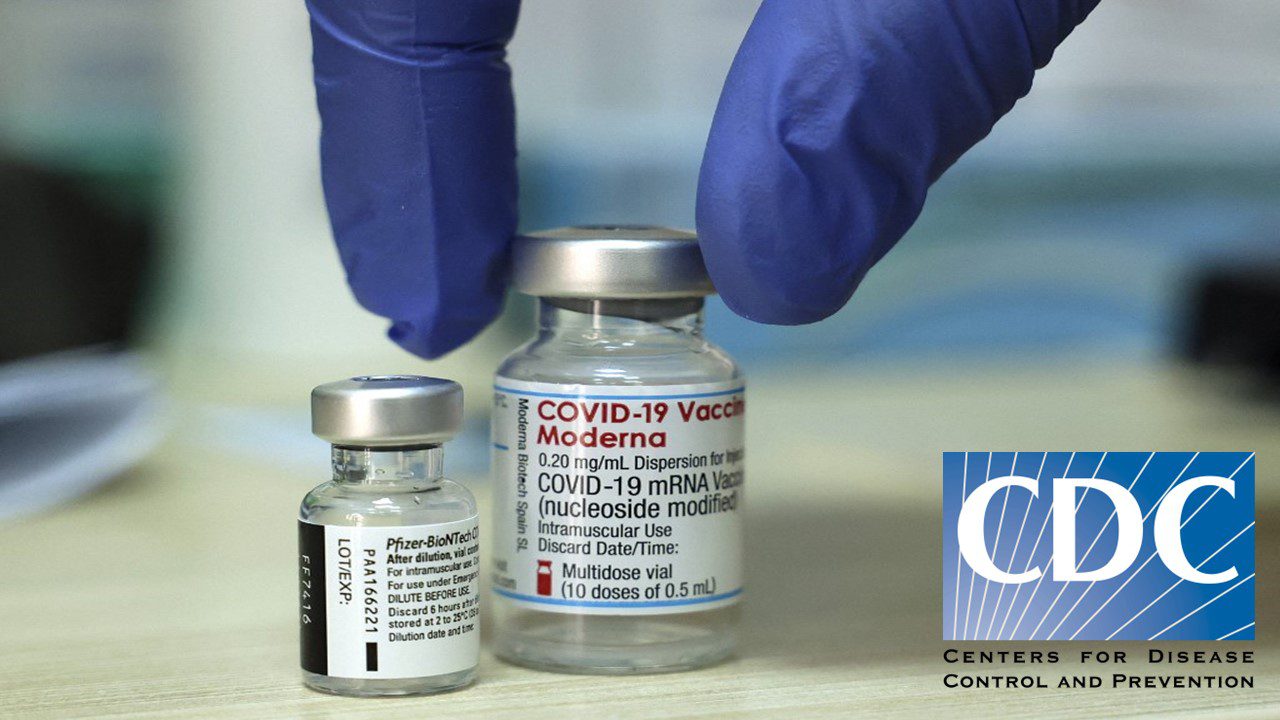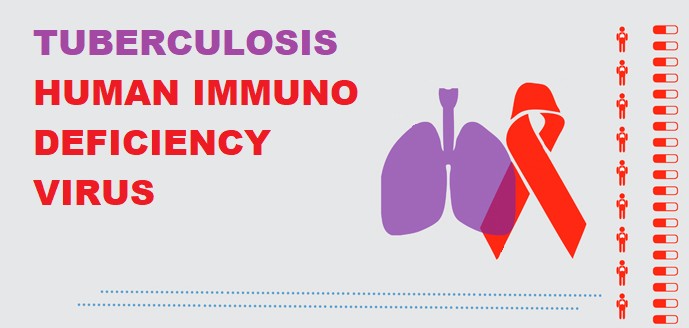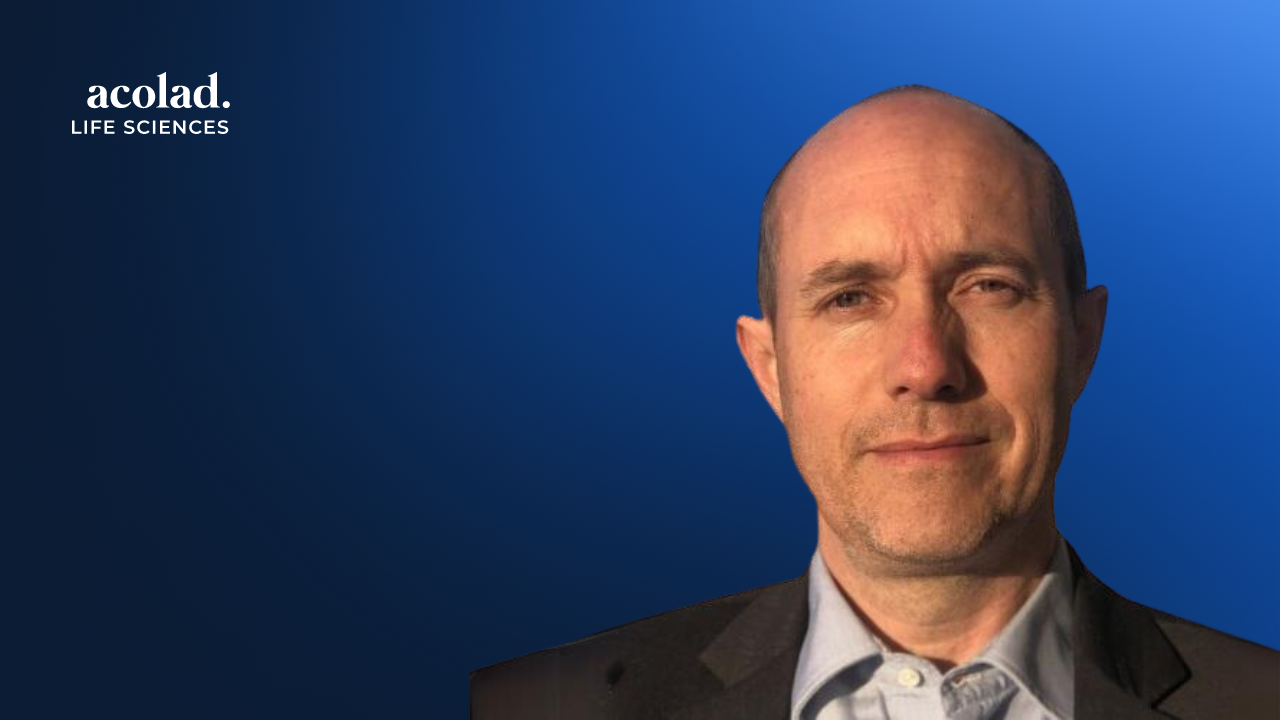
Scientific misinformation is powerful and dangerous. The impact of false information and fake news has been evident throughout the pandemic and continues to be an ongoing challenge. Disseminating true science from myth is not as easy as some believe, with influential factors like social media and political platforms often creating obstacles for the truth.
Introduction
Science communication is a critical part of scientific breakthroughs, in which researchers communicate to the world the potential impact of their work on a macro scale, the facts behind it and where it will be in several years’ time.
Effective communication by scientists and the pharmaceutical industry helps the public to understand science as part of their lives and educate them about the threats that could impact our planet in order to better shape future decisions.
Unfortunately, science communication is not resistant to sabotage, which is where misinformation can arise and cause dangerous consequences for human health. Misinformation can be broadly defined as “information that is incorrect, possibly by accident”. Disinformation on the other hand refers to misinformation that is intentionally false.
There are a number of reasons as to how misinformation and disinformation can take root within the population and why it persists. The inability to recognise misinformation; individual-level roots of misinformation; motivations to recognise inaccurate information or not; emotional/personal attachment.
Some of the powerful factors that contribute to scientific misinformation developing into disinformation, are fear, religion and socioeconomic influences. One of the most renowned scientific misinformation stories is the link between autism and childhood vaccination. Where this misinformation arose from is frequently disputed. However, the misinformation is likely to have developed from a misunderstanding of scientific data or parents unable to distinguish true science from pseudoscience. This is typically how disinformation arises, in which individuals believe the false information is true fact.
Unfortunately, this continues to impact childhood vaccinations. The fear of their children developing what can be a complex developmental disorder, has deterred many parents from having their children vaccinated, despite the lack of sufficient evidence to support.
50 + years ago, this misinformation would have been difficult to spread. But in the age of social media and evolving technology, it is less easy to squash. This has never been more evident than the ongoing pandemic, which has experienced an extraordinary amount of disinformation which continues to affect the population.
The fight against the COVID-19 virus and fake news
According to an article by WHO, in the first three months of 2020, nearly 6,000 people globally were hospitalised as a result of disinformation regarding COVID-19 and treatment. A substantial amount of the deaths and hospitalisations that occurred as a result of disinformation arose from false treatments which were in fact toxic and ineffective.
Perhaps one of the most dangerous pieces of COVID-19 disinformation was that the drug hydroxychloroquine could treat the symptoms of COVID-19. According to a JAMA article, “a study on use of hydroxychloroquine in patients with SARS-CoV-2 was ‘published’ online via YouTube” which was later followed up by a study in the International Journal of Antimicrobial Agents.
Unfortunately, the study included only 36 hospitalised patients with COVID-19, six of which stopped the treatment before completion. The preliminary data stated that six of the patients were ‘cured’ compared to the control group. The news of this ‘potential cure’ spread like wildfire around the globe which demonstrates the impact of fear on the spread of scientific disinformation.
The study was a standalone with very little data and no existing studies at the time to support the hypothesis. However, the politicisation of the treatment was a significant factor in promoting interest in the use of the drug. Despite no US health officials endorsing the drug, then-US president Donald Trump was fully behind the authorisation of hydroxychloroquine.
Clinical trials investigating the drug are ongoing, conflicting and frequently disputed across politics, academia and the general public. Despite the uncertainty regarding its safety and efficacy, individuals in the early pandemic looked to the drug as hope out of fear of a virus they knew little about. Hundreds of people died globally from the dangerous adverse side effects of taking hydroxychloroquine without clinical guidance – unfortunately the data for such statistics is again conflicting, so cannot be fully determined.
Another misconception was that the COVID-19 vaccine contained a microchip which tracked individuals. According to the BBC, rumours began in March when Bill Gates mentioned in an interview “we will have some digital certificates” to determine which individuals have been tested and vaccinated, but did not refer to any form of microchip. From here, disinformation spread globally that a microchip was implanted during vaccination, despite evidence to support.
Social media platforms became kindling for rumours such as these, in which users utilised the platforms to influence thousands of people about the false information. A YouGov Poll suggested that 28% of American’s believed such scientific disinformation. Often these social media exposures arise because exciting or controversial headlines will receive more views.
The approach to stop the spread
In May and June 2020, ‘Stop the Spread’ was launched on BBC World TV, website and apps to raise public awareness of COVID misinformation and encourage to double check credible sources. The UK Government later collaborated with the WHO to create the platform ‘Reporting Misinformation’. In addition to verifying false information, the platform demonstrated how to report misinformation to social media platforms.
A game known as ‘Go Viral!” was created by a partnership between Cambridge University and the UK Cabinet Office. In this game, players discovered the process of how real news becomes discredited and exploited by fake medical professionals.
In addition to political campaigns, the medical sector and pharmaceutical industry continue to feed social media with explanations regarding vaccine development, COVID-19 symptoms and scientific myths. Transparency is key when building trust with the general public, as the pandemic has demonstrated already how fear of the unknown can exacerbate the spread of false information.
Editor’s note: while researching this article, I have found the misinformation online to be so extensive that uncovering the truth was a difficult task. If there is anything false information within this article, please contact me through PharmaFeatures.
Charlotte Di Salvo, Lead Medical Writer
PharmaFeatures
Subscribe
to get our
LATEST NEWS
Related Posts
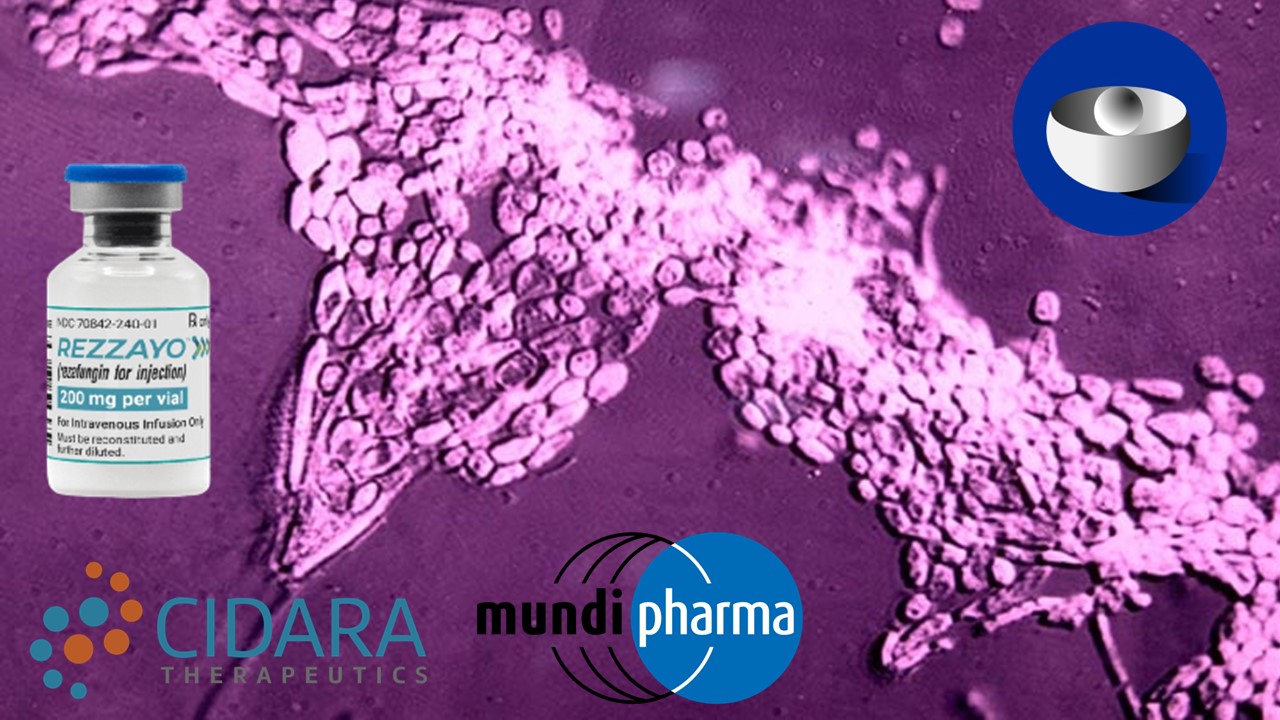
Infectious Diseases & Vaccinology
Rezzayo™’s Latest EU Approval for Invasive Candidiasis Breaks Ground in Antifungal Therapy
Rezafungin marks the initial addition to the treatment arsenal for patients grappling with invasive candidiasis in more than 15 years.
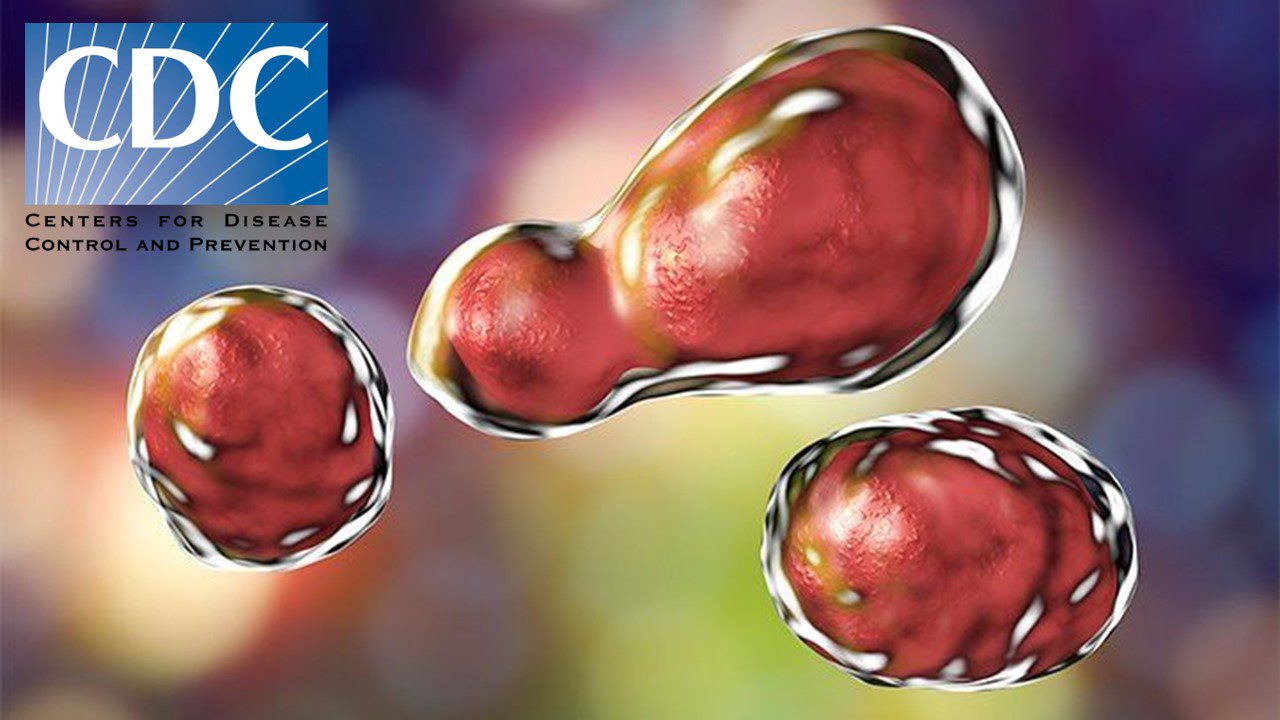
Infectious Diseases & Vaccinology
Unmasking the Shadow: CDC Battles the Latest Fungal Meningitis Outbreak in Matamoros, Mexico
CDC tackles fatal fungal meningitis outbreak linked to surgeries in Matamoros, Mexico.


